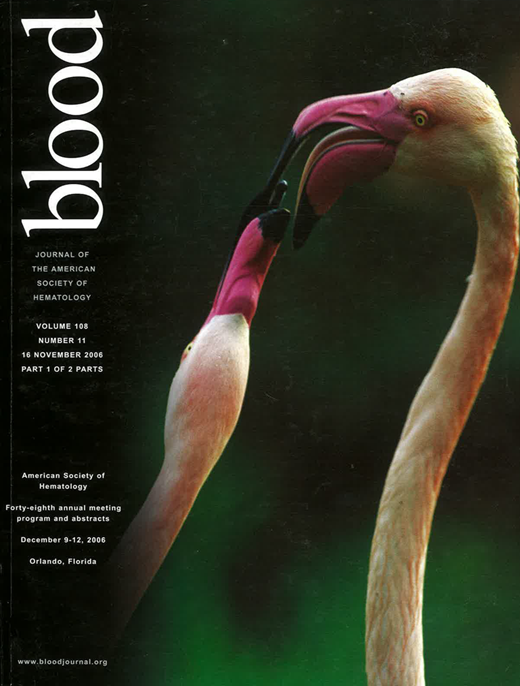Abstract
Introduction: The occurrence of unexplained peripheral blood cytopenia, particularly neutropenia, has been recently reported after rituximab ®. Its prevalence may be underestimated since it may occur late after treatment (Cattaneo C et al Leuk Lymphoma. 2006 Jun;47(6):965–6, Chaiwatanatorn K et al Br J Haematol 2003). Apparently the risk is higher when R is associated with Fludarabine in combination therapy, producing a decrease in bone marrow precursors. Patients and methods: observational and retrospective study in order to determine the incidence of WHO grade III – IV neutropenia (neutrophils: ≤ 0.6×109/L) and the development of infection complications in patients treated with R-CMF or R-CF in our hospital from 6/8/2003 to 20/3/2006. We have compared these data with the incidence of delayed neutropenia during 621 courses of R or R-CHOP administered as outpatient schedule in the same period.
Data source: clinical reports. Variables: demographic data (age, gender), date of diagnosis, histological type, schedule therapy, number of cycles, clinical response (complete remission (CR), partial remission (PR), and non response (NR), prophylaxis with G-CSF, blood counts (leucocytes, neutrophils, hemoglobin and platelets) during all treatment and follow-up, infections and number of admissions in the hospital. Kaplan-Meier survival and Cox regression were calculated.
Results: From 78 courses of Immuno-chemotherapy in 16 consecutive patients diagnosed of follicular NHL: 10, B-CLL: 5, mantle NHL: 1. R-CMF (14 patients), R-CF (2 patients). (9 males/7 females), mean age 58.75 (20–78). In first line 8, second line 6 and third line 2. Number of courses received: mean 4,8 (1–6). Response: CR:13, NR: 1, Non valuable: 2. G-CSF prophylaxis during therapy in 50%. 9 patients (56.2%) developed neutropenia during the treatment or in the following year, one of them had also anemia and thrombocytopenia. In 4 patients the combination therapy was administered in first line, 3 as second line and 2 as third line therapy. Patients received 5 (6 courses), 1 (5 courses), 1 (3 courses), 1 (2 courses) and 1 (1 course), 8 developed infections that required admission into hospital (1 died after third course by sepsis). Another two patients developed severe infections without neutropenia. A late and persistent neutropenia after to finish therapy (1–6 months later), was observed in 4 patients (duration:3, 12, 11 and 4 months); 2 patients got over at 11 and 12 months after and in two of them is present now. They were treated with G-CSF, prednisone and cyclosporine in 2 cases without response and reached normal values when we associated IV immunoglobulins extract. OS: mean 26.4 months (6–49), RFS: 10.6 months (1–30).
Conclusions: Delayed-onset cytopenia, particularly neutropenia, is a clinically significant complication of rituximab treatment when it is administered in combination with Fludarabine increasing the risk of severe infections.
This study is partially sponsored by a grant from FEHHA.
Disclosure: No relevant conflicts of interest to declare.
Author notes
Corresponding author

